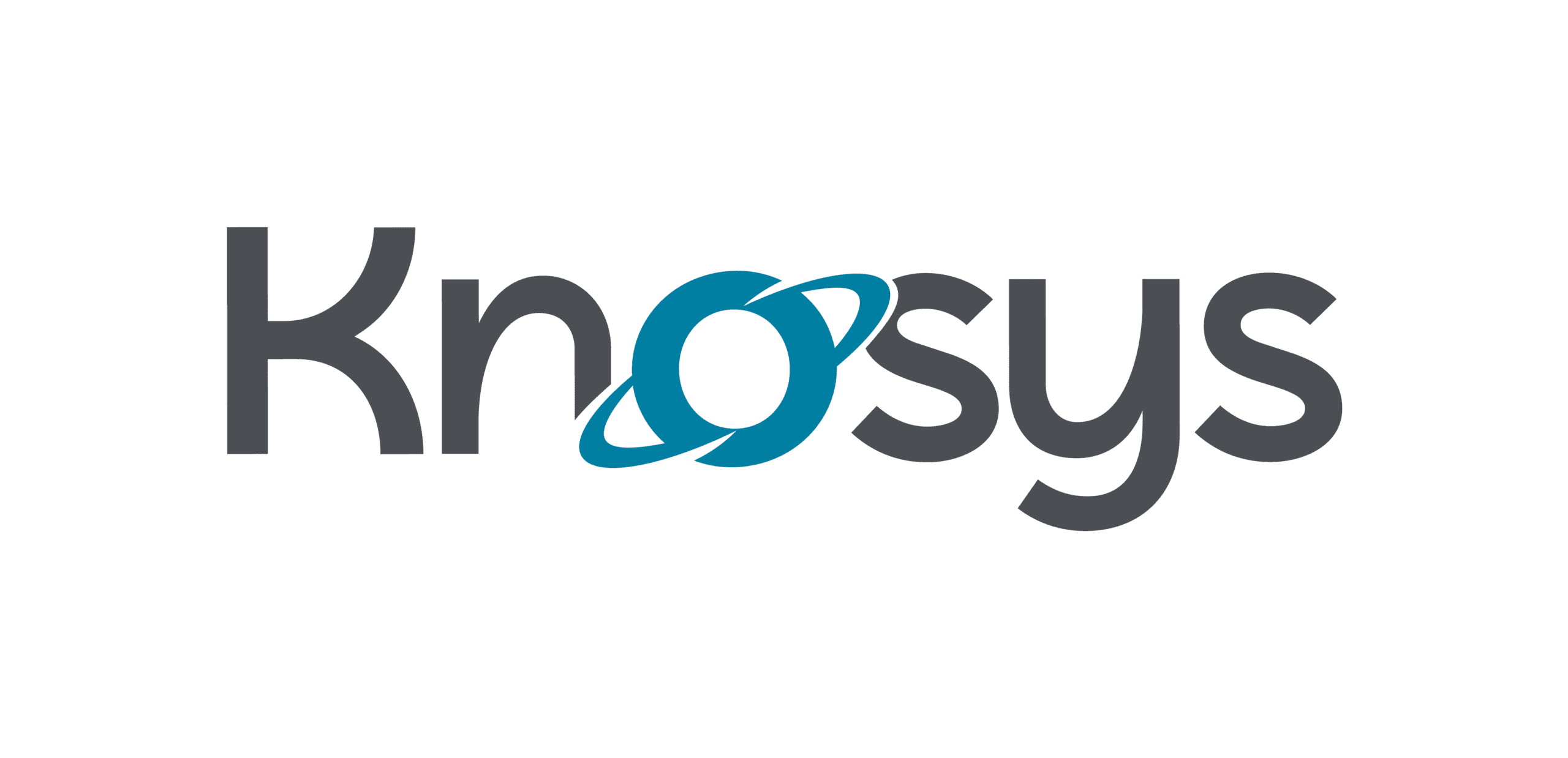What is Corporate Memory?
Corporate memory is the knowledge that has been collected from past experiences, which resides in the company and can be used towards making decisions. It is also sometimes called institutional or organizational memory.
Corporate memory spans all the sources in which a company may store knowledge. This includes knowledge stored in company systems, as well as tacit knowledge
Corporate memory is a highly valuable asset for an organization as it incorporates hard-earned insights, high-level experience and technical skills.
Corporate Memory Loss
Consequences of corporate memory loss can be severe, impacting customer service and the bottom line. The three main causes of corporate memory loss are:
Staff turnover. One of the biggest problems of corporate memory loss is employee turnover. Staff leave if the work environment is poor and job satisfaction is low
Knowledge silos. Knowledge in silos remains a problem for many businesses or enterprises that are not digitally savvy. The consolidation of data that is spread across multiple channels is a significant challenge to progress and digital transformation.
“Siloed, inaccessible knowledge creates operational risk and leads to duplication of effort” say APQC. Even more so, with the explosion of communication platforms across today’s remote or hybrid workplace.
Data/information overload. Not surprisingly, the sheer amount available information is becoming more of a problem for employees today. Employees are increasingly annoyed by chaotic, confusing information repositories. They have too many places to look, too much stuff to sort through. Information pollution contributes to information overload and stress and therefore disrupts decisions. Increased processing time easily translates into loss of productivity and revenue. Flawed decision making increases the risk of critical errors.
How to reduce corporate memory loss
Here are a number of tips that can help reduce corporate memory loss.
Use knowledge management technology. Using the right tools like KnowledgeIQ can be a way of embedding knowledge into the organization. Pooling corporate memory into an easy and efficient platform that sorts the important from the outdated and learns from all the interactions you have with your customers is vital.
Deploy an Intranet. Company intranets have evolved from a static homepage to knowledge-sharing platforms able to unlock hidden corporate value. An Intranets primary purpose is to help employees securely communicate with each other, to store information, and to help collaborate. Modern intranets like GreenOrbit use social intranet features that allow employees to create profiles and interact with content
Create a knowledge sharing culture. Keeping knowledge locked away doesn’t help anyone – least of all your customers. Employees may be reluctant to share knowledge due to the fear of giving away their ideas and expertise. They need to be educated on the personal benefits of knowledge sharing and how it improves the quality of the work they produce. Create a culture that encourages people to share their ideas, which makes it easier for them to contribute their knowledge.
- Establish an open-door policy – Employees should be able to feel as though they can approach anyone in the company to ask questions or find out information at any time.
- Lead by example – When you think and work by giving knowledge a value, your team will understand the importance of being an active part of the knowledge-sharing culture.
- Recognize and reward employees – Celebrate sharing. When sharing happens and there is a positive outcome, recognize the people and teams involved. Give feedback on results generated because of the shared information.
Train people. To create an effective knowledge-sharing environment and reduce corporate memory loss, employees need training on the dos and don’ts of knowledge sharing. Provide training on how to create engaging content for your systems as well as on the rules and regulations specific to your organization. Give ownership and confidence to everyone by centralizing all sources of information and content creation. Make it easy for everyone to be an expert. Empower your employees with confidence: engage them with content, ask for their input, and allow them to be the benefactors of their own learning by creating a space for them to nurture it.
Create clear guidelines. No one on your team should have to guess what’s worth sharing. There needs to be clear instructions and context, otherwise, you risk inactivity. Inactivity creates siloed thinking within your team and robs your co-workers of potentially valuable information. Every team should have clear guidelines on what goes into a knowledge base and what doesn’t. Communicate clear guidelines for what is—and isn’t—OK to share.
As more people exit the workforce (or change jobs) in the coming years, it’s hard not to be worried about the loss of valuable employees and the corporate memory that goes out the door with them. From industry expertise to best practices, there’s so much that may be missed if companies don’t proactively work to preserve them. Starting early and prioritizing programs such as system development and training modules is essential in building an environment wherein knowledge is retained, transferred and continually built upon.
Knosys has two products that help you bring together and retain your organizations knowledge. To find out more about our knowledge management system KnowledgeIQ request a discussion with of our experienced team or download or brochure for more information. To enquire about GreenOrbit Intranet contact a consultant for a personalized demo.
